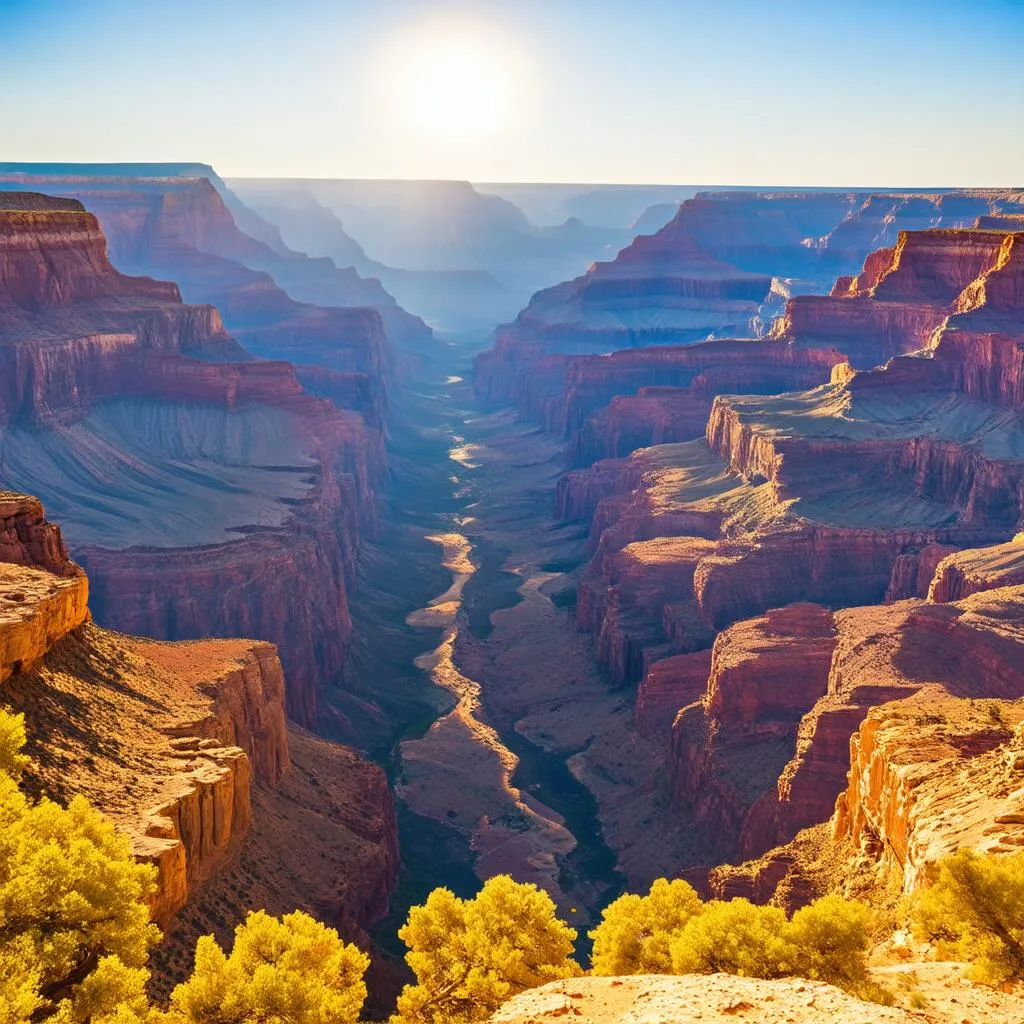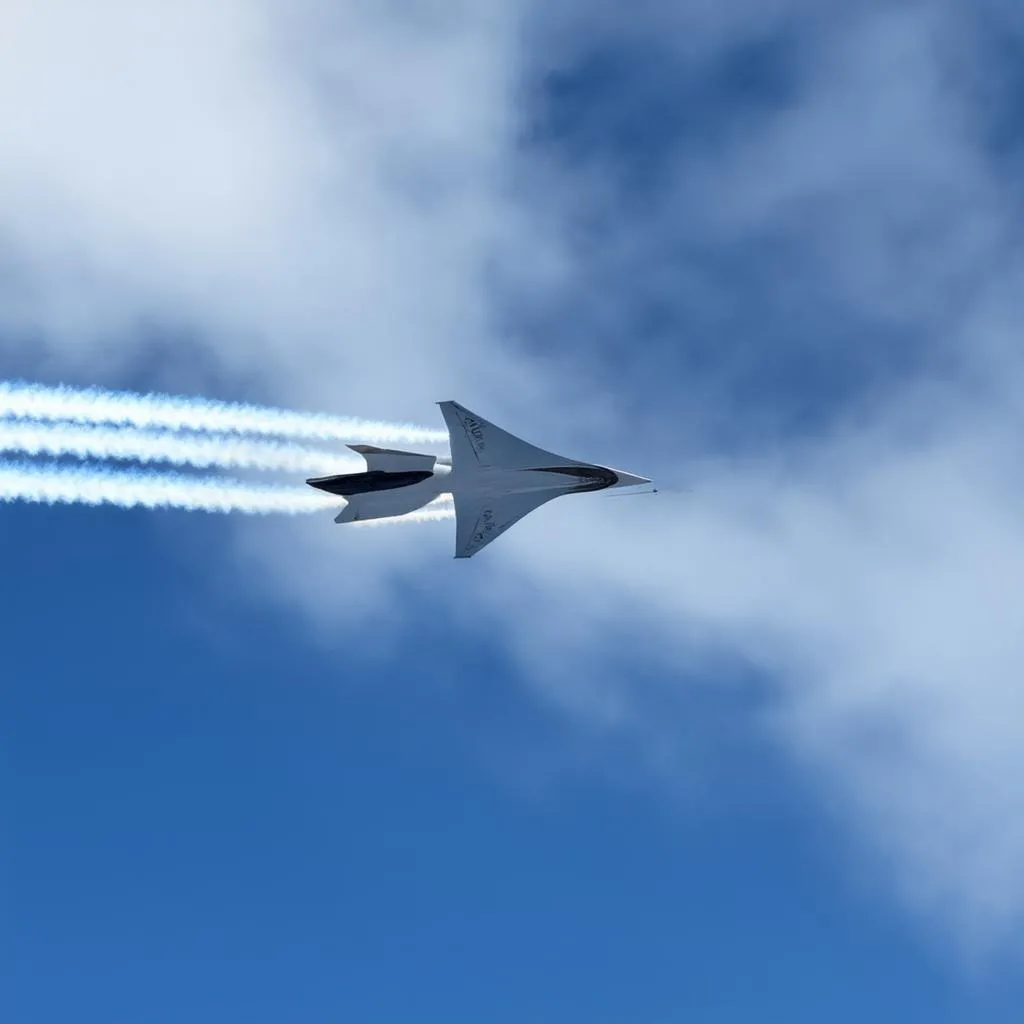Have you ever been mesmerized by a firework display on a warm summer night? The vibrant bursts of color painting the night sky are a feast for the eyes. But did you know that there’s a slight delay between the moment you see the firework explode and the moment you hear its thunderous boom? This fascinating phenomenon occurs because light travels significantly faster than sound.
Let’s embark on a journey to understand why light outpaces sound, and how this speed difference impacts our experiences, especially while traveling.
The Need for Speed: Light vs. Sound
Light and sound are essential to how we experience the world. They are both forms of energy that travel in waves, but their speeds are vastly different.
- Light: Zipping through the vacuum of space at a staggering speed of 299,792,458 meters per second (approximately 186,282 miles per second), light is the universe’s speed champion. This means light could circle the Earth over seven times in a single second!
- Sound: On the other hand, sound is a bit of a slowpoke compared to light. It travels at a relatively leisurely pace of around 343 meters per second (or 767 miles per hour) in dry air at 20 degrees Celsius (68 degrees Fahrenheit). This speed can change depending on the medium through which sound travels. For example, sound travels faster in water than in air.
To put this into perspective, imagine you’re visiting the Grand Canyon and shouting hello into the vast expanse. It would take a noticeable amount of time for your voice to echo back, while the light from the sun reaches your eyes almost instantaneously.
 Grand Canyon Light Speed
Grand Canyon Light Speed
Why the Difference? It’s All About the Medium
The key to understanding the speed disparity lies in what these waves travel through:
- Light is an electromagnetic wave. It doesn’t require a medium to travel; it can move through the vacuum of space.
- Sound is a mechanical wave. It needs a medium, like air, water, or solids to propagate.
Think of it like this: sound is like a ripple traveling through a pond. The ripple needs the water molecules to bump into each other and carry the wave forward. Similarly, sound needs molecules to vibrate and transmit the sound energy.
Light, however, is like a self-sufficient traveler. It doesn’t need any medium to carry it forward. It’s composed of oscillating electric and magnetic fields that can travel even in the emptiness of space.
 Sound Waves Travel Medium
Sound Waves Travel Medium
The Impact on Travel Experiences
This difference in speed has fascinating implications for our travel experiences.
Thunderstorms: We see the lightning flash before hearing the clap of thunder. This is because the light from the lightning reaches our eyes much faster than the sound of thunder reaches our ears.
Airplane Travel: Ever noticed that sonic booms occur after a supersonic jet has passed overhead? This is because the plane is traveling faster than the speed of sound, creating a shockwave that we hear as a loud boom.
Travel Planning and the Speed of Information
The speed of light also plays a crucial role in our modern world, especially when it comes to planning trips. When you book flights and accommodations online, information travels between your computer and the travel provider’s servers at the speed of light, allowing for near-instantaneous communication.
Embracing the Journey
So, the next time you’re traveling and marveling at a breathtaking sunset or listening to the soothing sound of waves crashing on the shore, remember the incredible science behind these sensory experiences. The interplay between the speed of light and sound enriches our perception of the world, making travel all the more captivating. And for more fascinating insights into the science of travel, be sure to visit travelcar.edu.vn!
 Airplane Travel Sound Barrier
Airplane Travel Sound Barrier